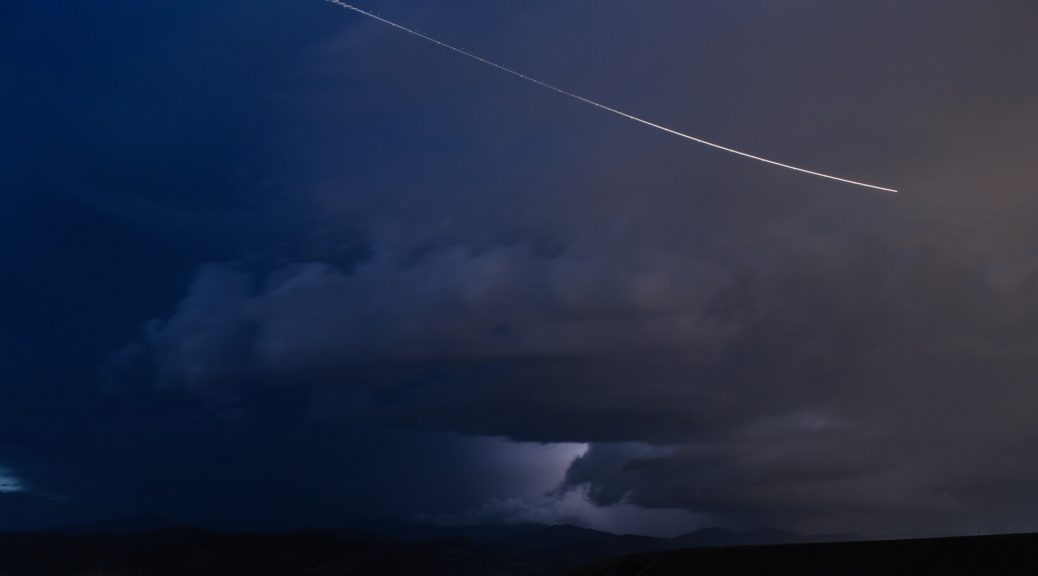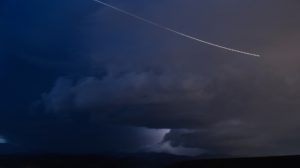
How To Photograph A Comet

Taking a caption of a comet can be difficult, and requires massive professionalism as it only occurs ones in a lifetime due to their unpredictability.
With the help of the modern equipment and the latest technology, one can be able to photograph a comet. The best moment to view a comet is when it is at its largest size in the sky. Several steps are involved in the due process of taking a capture of a comet as discussed below.
First, having the best instrument is a precaution. Here, you need a modern gear that uses the latest technology. You will need the best gears like digital SLR camera coupled with custom built sixteen inches Newtonian reflector to record the sun-grazing comet’s intricate tail.

Secondly, you need to choose the best location with an unobstructed view. One need to be aware of the best date, time and position of the active incoming alien comet.
The third step is taking the shot. Set your stand at an angle that is appropriately depending on your height. Configure the focus of your instruments by carrying out a twenty minutes exposure of a nearby star along the area of the caption. There is the need to enlarge the image for a wider and clear vision. With readiness, take numerous pictures of the passing comet with pictures having a maximum interval of twenty seconds. Caution should be observed as prolonged exposure will lead to the viewing of blurred images due to the earth rotation. For clear and visible results, one should take a less neat pile of shots of the comet and then process the images later.
 The final step involves processing the captured images. Any poor quality captured images should be deleted from the rest apparently captured captions. Only the best shots of the comet will be left with intriguing features. Stacking software is necessary for removing the dark flames and then piling the images into a single image.
The final step involves processing the captured images. Any poor quality captured images should be deleted from the rest apparently captured captions. Only the best shots of the comet will be left with intriguing features. Stacking software is necessary for removing the dark flames and then piling the images into a single image.